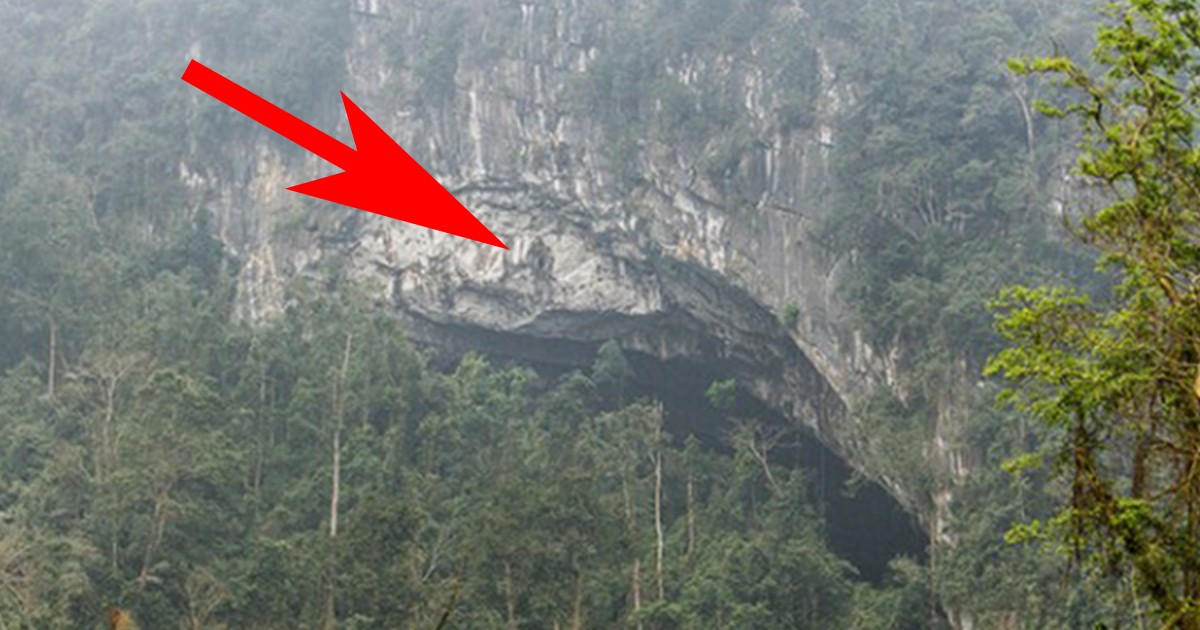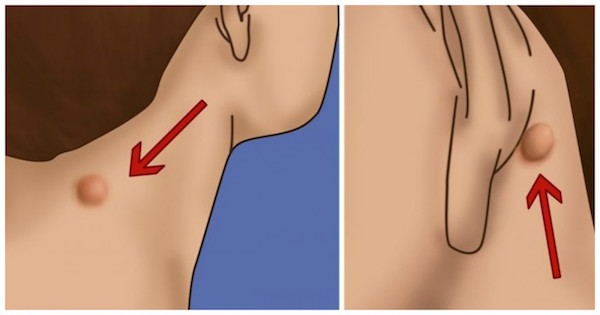A healthy young woman started vomiting in the middle of a trip - now a warning has come out after she died suddenly
|
Susan 'Susie' DeForest, was looking forward to her trip with three friends in Colorado.
The 20-year-old graphic designer just finished her third year at the university and was one of the outstanding female students.
All life was ahead before her and she looked forward to the trip in the magical forests of Colorado.
But very quickly the situation became very bad.
Susan Deforest, 20, was passionate about preserving the environment and nature, and loved to travel.
Susie thought she and her friends were well prepared when they were about to go for a trip along the Conundrum Creek Trail.
This track in Colorado is full of rocks and mud - but not considered the hardest there is. It is of moderate difficulty.
The route currently takes a full, 5-8 hours route, and 3-6 hours to get out of it.
Unfortunately, Susan Deforest did not last that long.
On that fateful Thursday, August 17, 2017, Susie suddenly became very sick.
She and her friends tried to reach the hot springs of Conundrum, but stopped to set up a camp when Susie started vomiting.
Two of Susie's friends left to call for help, and the third stayed with her on the track to set up the camp.
The idea was to get Susie out of the heat and move her to a cool place where she could rest.
Unfortunately, her condition did not improve - on the contrary.
Rescuers received a call at 10:45 p.m., but could not land the helicopter on the spot.
The rescue team arrived at Susie only the next morning and by the time they arrived, she was no longer alive.
Rescuers who arrived first tried to revive her while waiting for the helicopter to transport her to the hospital.
Susie was pronounced dead at 5 a.m. Friday, August 18, 2017.
Although she and her friends went for a trip in the afternoon, they brought with them everything they needed including water and food.
And they couldn't do anything to save Susie, who very quickly suffered from violent symptoms of illness.
Susie and her friends took every precaution they could, and drank plenty of water.| They did not drink alcohol or take drugs.
Susie, 20, did not suffer from any medical problems and was in good health.
So what happened that caused this tragic death?
Susie's mother, Kate DeForest wrote a Facebook post.
In the post she mentioned that her daughter died as a result of altitude sickness.
Altitude sickness occurs when you go up too fast and you don't have enough oxygen in the thin air at high altitude.
"Dear friends, many of you already know this, but on Friday, we lost our daughter, Susie DeForest. She was traveling in Colorado and suffering from altitude sickness", Kate wrote.
Susie began to develop symptoms of High Altitude Pulmonary Edema (HAPE) when she was at an altitude of about 3000 meters.
HAPE can mimic other diseases.
She died as a result of 'internal drowning' when fluids accumulated in her lungs, a condition that builds up from the low oxygen level at the place where she walked.
When you climb to a high altitude too fast, you start breathing faster because your body is not getting the amount of oxygen it needs.
In severe cases, fatal fluid accumulation in the lungs and brain can result in death.
"The rest they took probably began to develop her HAPE on the second or third day, as the condition develops on the second or third day at altitudes above 2200 meters", according to Dr. Steve Ayers.
"The symptoms and signs are difficult to identify", said Officer Alex Bruschetta.
"But it's one of the things you need to know when you are at an altitude of over 3500 meters".
Dr. Benjamin Honigman, who studies the effects of high-altitude health on humans, said altitude sickness deaths are rare in Colorado heights.
And yet, experts recommend going up in height in a controlled manner and resting and drinking a lot.
Altitude sickness can be prevented if you know what to do.
First of all, you need to give your body a lot of time to get used to the low oxygen level at heights.
Not everyone knows this, but it can take a few days for the body to get used to the low oxygen levels.
So if you are hiking from sea level to an altitude of 3000 meters and more, plan your trip in stages so that you reach great heights within a few days.
This was probably the mistake of Susan Deforest and her friends.
"An iron rule that should be followed is not to climb more than 330 meters a day", according to Everyday Health.
An ascent of more than 1000 meters per day, although relatively fast, is too much for people who are not used to staying at this altitude.
Unfortunately, it was too late for Susan Deforest - but this information could save people in the future.
If you know people who love adventure and hiking, share this story with them to make sure they read it before their next trip.












